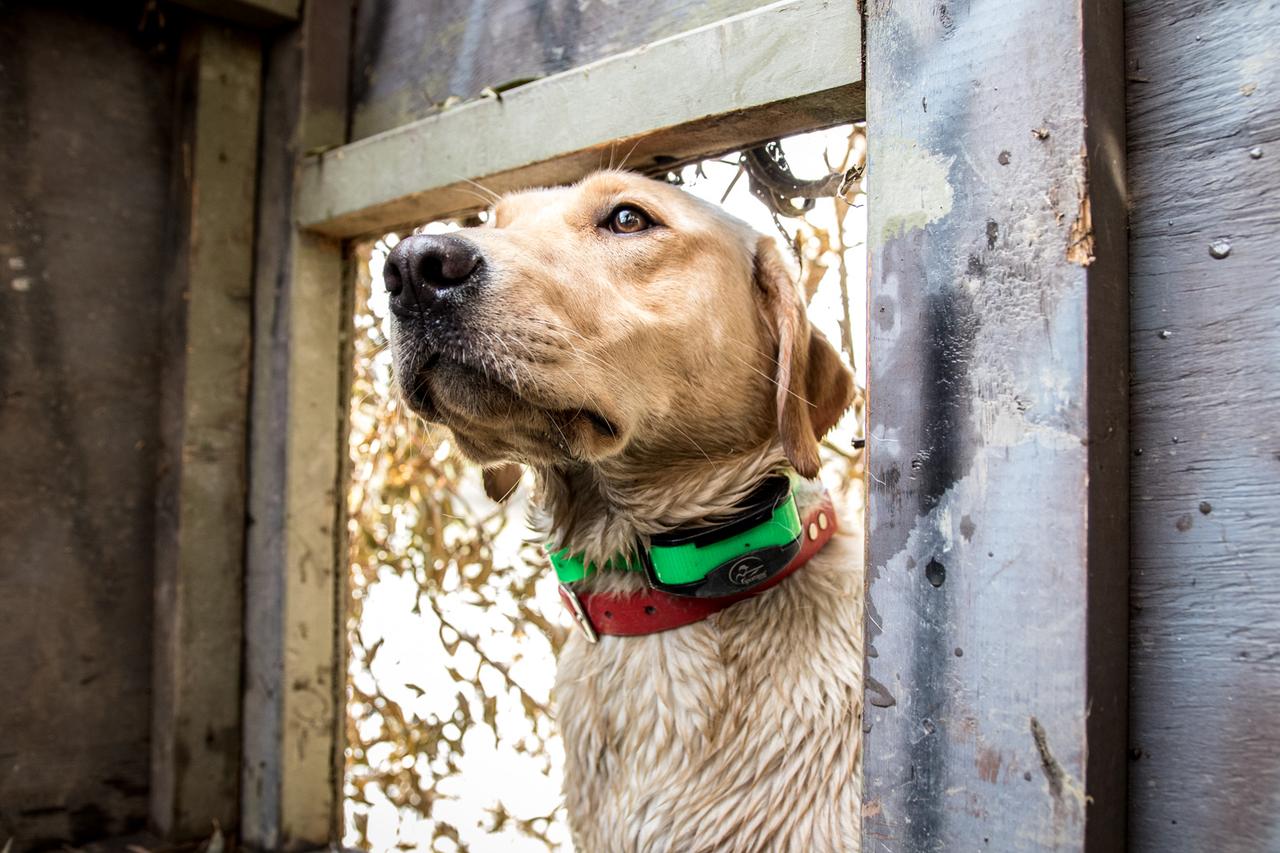
Pup’s First Hunt: Building Your Future
Posted by Chris AkinA pup's first season, and more specifically, his first hunt, can be the most pivotal in his life as a gun dog. You only get one shot to make a first impression, and that impression can have a major impact on how a young dog is shaped into a hunting mate who will be by your side for years to come. If you're keen to train a duck dog, follow these simple tips for your first hunt.
First, make sure your dog is fully prepped for the job. What I'm getting at is the dog's been through proper obedience and formal force fetch, and he's gotta be steady for singles. The dog should've been introduced to the sound of gunfire, birds and water. Next, he should've had a go at being shot over and working in and around decoys.
Also, I'm gonna make sure me young dog's been introduced to the things he's gonna come across that day. This means everything from riding in a boat, to riding in the back of an Argo or a Ranger. We get a kick out of these things, but we've gotta realise they could be baffling to a dog the first time he comes across them. I've got heaps of clients who run boats with 250 hp engines on the back, and I've got loads of clients who use Argos. If these things are new to a dog, they can really spook him. That can kick the whole experience off on the wrong foot. So first up, make sure that your dog's been introduced to all of the gear that you're gonna be using that day.
Next, check the weather. It's crucial. You wouldn't wanna take a dog on his first hunt in nasty weather. Ice is the biggest worry. I get that hunters are keen to take their new dog out. They've forked out heaps for their pups. They shell out for proper training. They spend all their time getting ready. It's the opening day, and they're itching to hunt. But if it's your pup's first season, have a squiz at the weather. Think about the experience. This is a massive moment for the dog.
Here's how to do it right: When you hop out of the ute, make sure your dog's fully under control. Chuck a lead on him. If you've trained with the remote training collar, use a lead and the remote collar. Get the dog straight into the tinny, the Ranger, or whatever you're using to head out to the hide. I want complete control of the dog. When I rock up at the hide, I carry him straight to where he's meant to sit. I plonk him right there, and I tether him to the hide or the boat with a short lead. He's not going anywhere. He can't break. He can't knock all the scatterguns over, and he can't become a safety risk to the shooters.
I also make sure he can see everything. I don't have him all camouflaged in. It's opening day, or at least early in the season, I want that dog where he can see what's going on. I'm also going to be sure he's safe from muzzle blast.
This first hunt should be with a small party – only two or three people. I don’t want 10 shotguns going off over that dog’s head the first hunt. I want one or two blokes to shoot the bird with one or two shots. They kill one duck at a time. When that bird hits the water, I want to release the dog. I’ll calmly unhook and send him out there. When he picks it up, and brings it back, we put the hunt on hold for a few minutes and give him a couple or three fun retrieves with the bird. Then, we hook him back up and try to kill another one.
These first few hunts aren't about the blokes in the hide. It's about the dog. We're trying to train a hunting mate for the next 10 or 12 years. So we're not gonna bag as many birds. Remember, this dog is green. He's got no clue what's going on. None of us were top-notch hunters the first time we went out. Neither is your dog.
When the dog's finished with the hunt, whether you've bagged your limit or you've knocked down a couple of birds, have a mate head out into the paddock with a duck. Give the duck call a blow, get your mate to chuck the duck, and then you pop up and shoot straight up into the sky. Then send the dog. We do about six or seven retrieves like this after the hunt. Then, we take the dog, clip him back on the lead, put him back in the ute or the tinny and head back to the ute. When we get there, I put him back in his crate and tuck him away.
We don’t do “fun time” or running around out in the paddock like a drongo. There’s none of that. I want that dog to know there’s total control from the time we leave the ute until the time I put him back in. This sets the precedent for how he’s supposed to behave throughout the hunt.
It's a success if we've knocked off a few birds over him in a low-stress environment. We've already introduced him to the hide, the decoys and all that other gear before the hunt. Now, we've put it into practice. We even gave the dog a bonus by giving him a few extra retrieves after the hunt. When you come back the next day, you'll have yourself a duck dog. It's amazing how much that first hunt sets you up for success in the future.
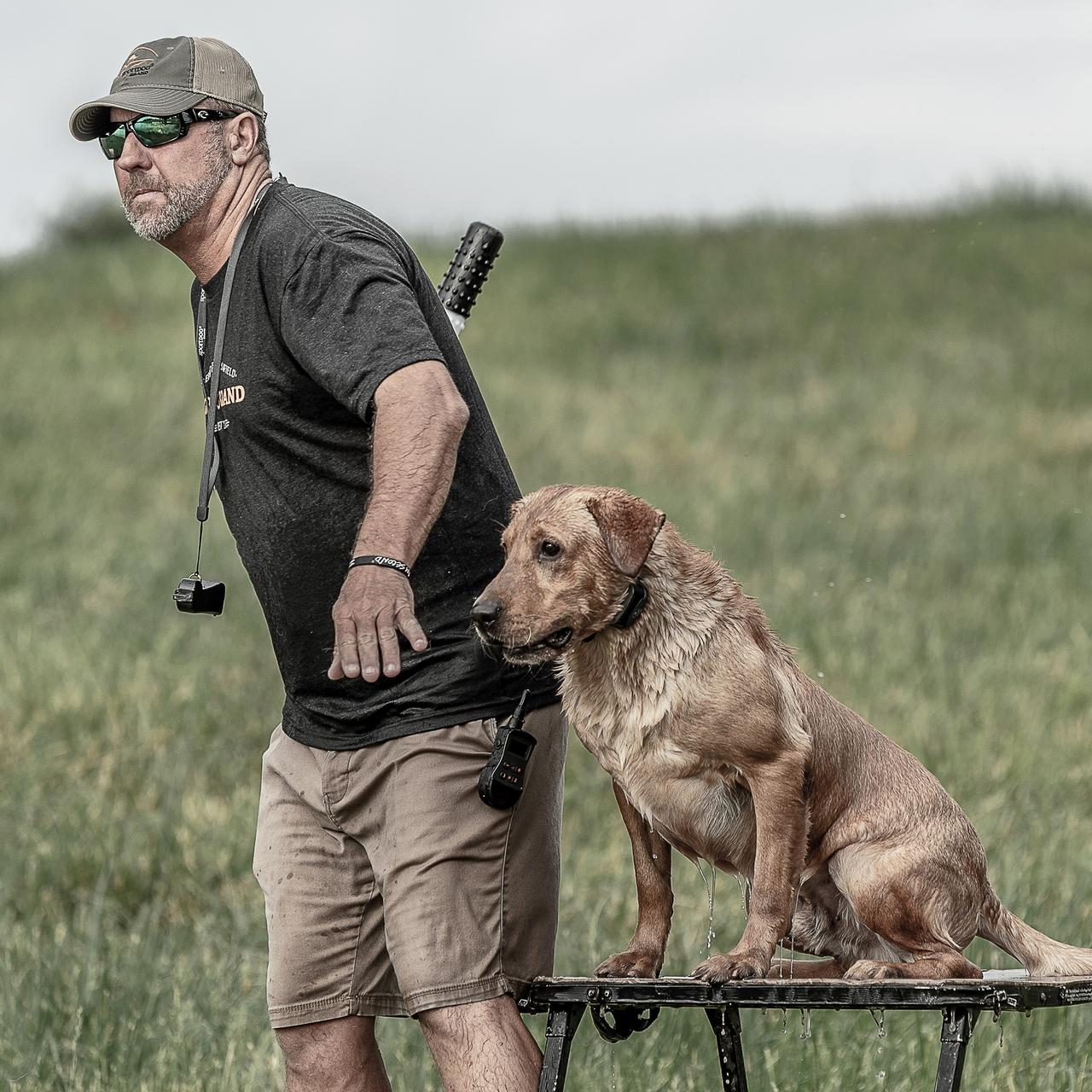
Chris Akin
Jonesboro, AR
Chris has spent most of his life duck hunting or training in the field. Over the years, his program evolved into one of the most accomplished hunt test programs in the country. Webb Footed Kennels, Inc. has produced more than 350 Hunting Retriever Champions, 175 Master Hunters, and 35 Grand...
Related Articles
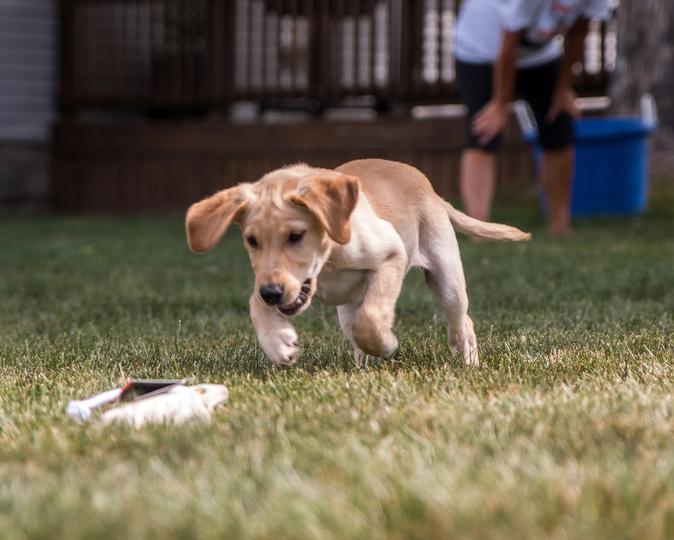
Where to Begin with Puppy Training
by The SportDOG Staff
There are several different things that need to be done for and with a new puppy. First and foremost make sure all pup’s shots are on time and up to date. Find a local vet and set up an appointment for your new mate. This is one of many places you...
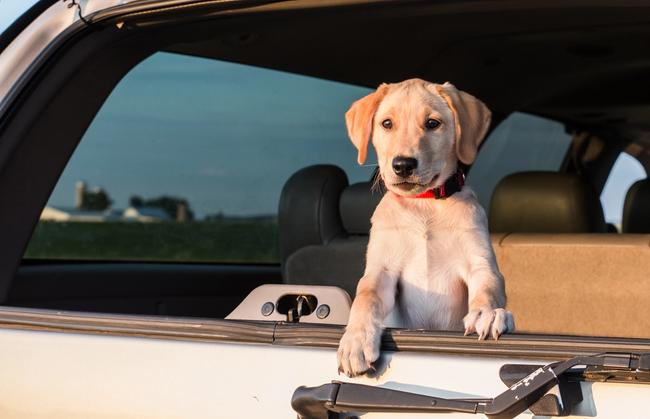
What Does 'Socialising' Your Puppy Mean?
by Tom Dokken
You hear a lot about 'socialising' your puppy, but what does that mean and why is it important? Socialising is actually training. By that I mean that every time you're with your puppy he's learning something. You need to make sure he's learning what you want him to...
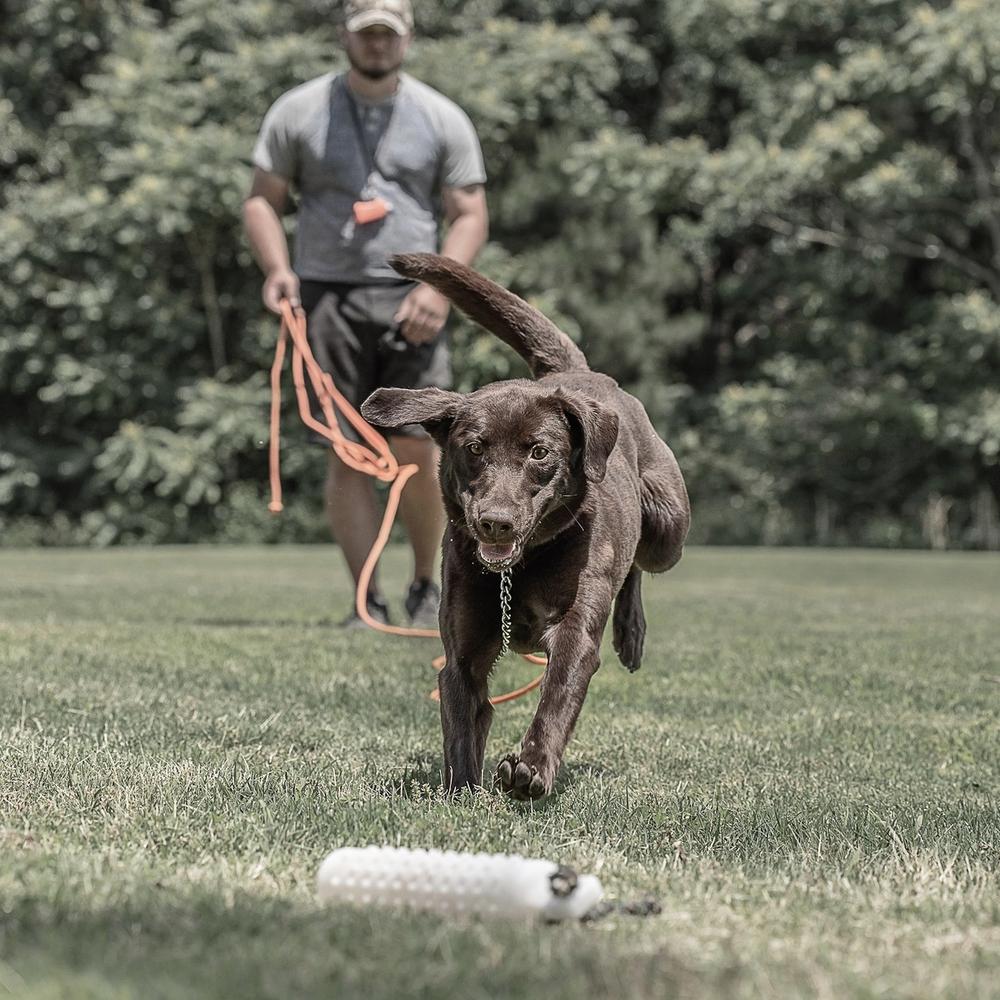
When Your Dog Should Enter the Hunt
by The SportDOG Staff
Young dogs take a while to develop into the hunting or field trial champion you want. Your knowledge that the pup you chose is from proven hunting stock is just the beginning. I have been spoiled. During hunting and field trial seasons, I have always had older, veteran dogs to rely...
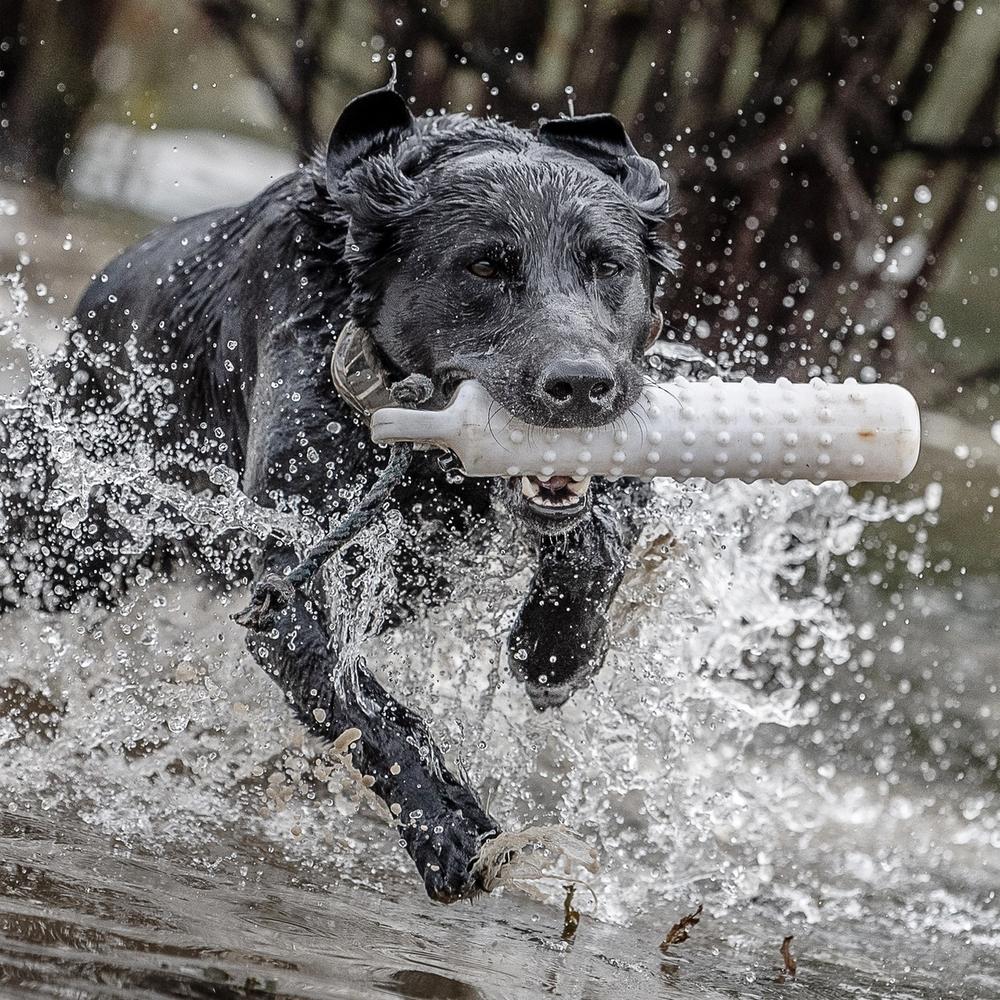
Retriever Training: The Transition to Water
by Tom Dokken
Retrievers love water, so you wouldn't reckon that transitioning from land retrieves to water retrieves would be hard. It isn't, as long as you follow a few simple guidelines. The key to a smooth introduction and continued improvement on water retrieves is to work in baby steps, just like you did...
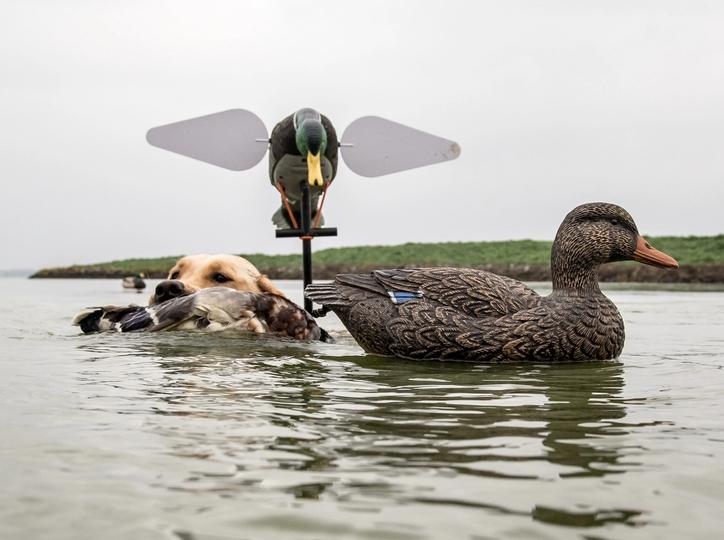
Don't Forget to Introduce Your Duck Dog to Decoys
by Ethan Kimmince
In our excitement to build a retriever into a top-notch waterfowl dog, it’s easy to forget small but important details. For example, your dog might make you proud when he completes a long retrieve. But the first time you ask him to swim through four dozen decoys to retrieve a...
